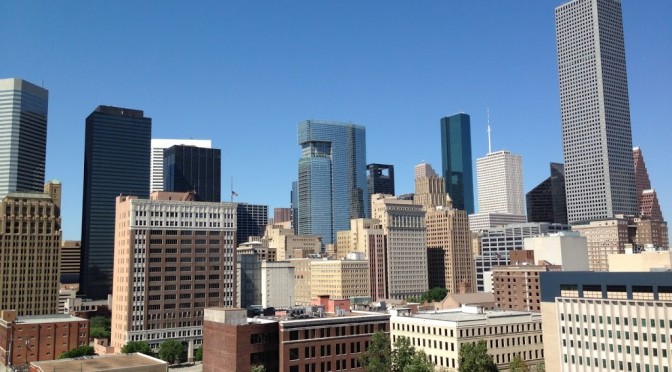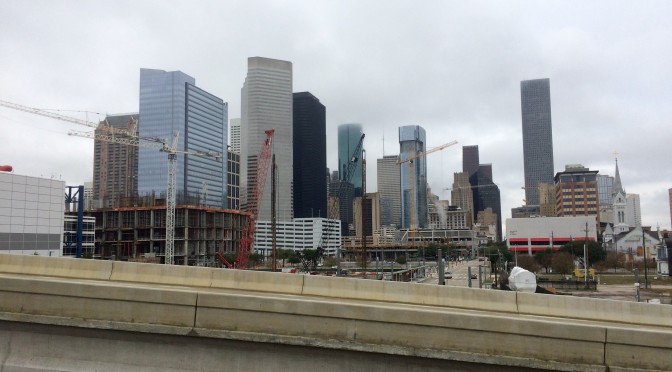Houston has been one of the fastest-growing U.S. cities … Continue Reading ››
Is Houston REALLY About To Be Bigger Than Chicago??
It's a news story that's quickly becoming all the rage for the Bayou City. But can it really be true? Is Houston actually about to be the 3rd largest City in the United States... ahead of even Chicago?? Before my answer, here's the story from Reuters...

